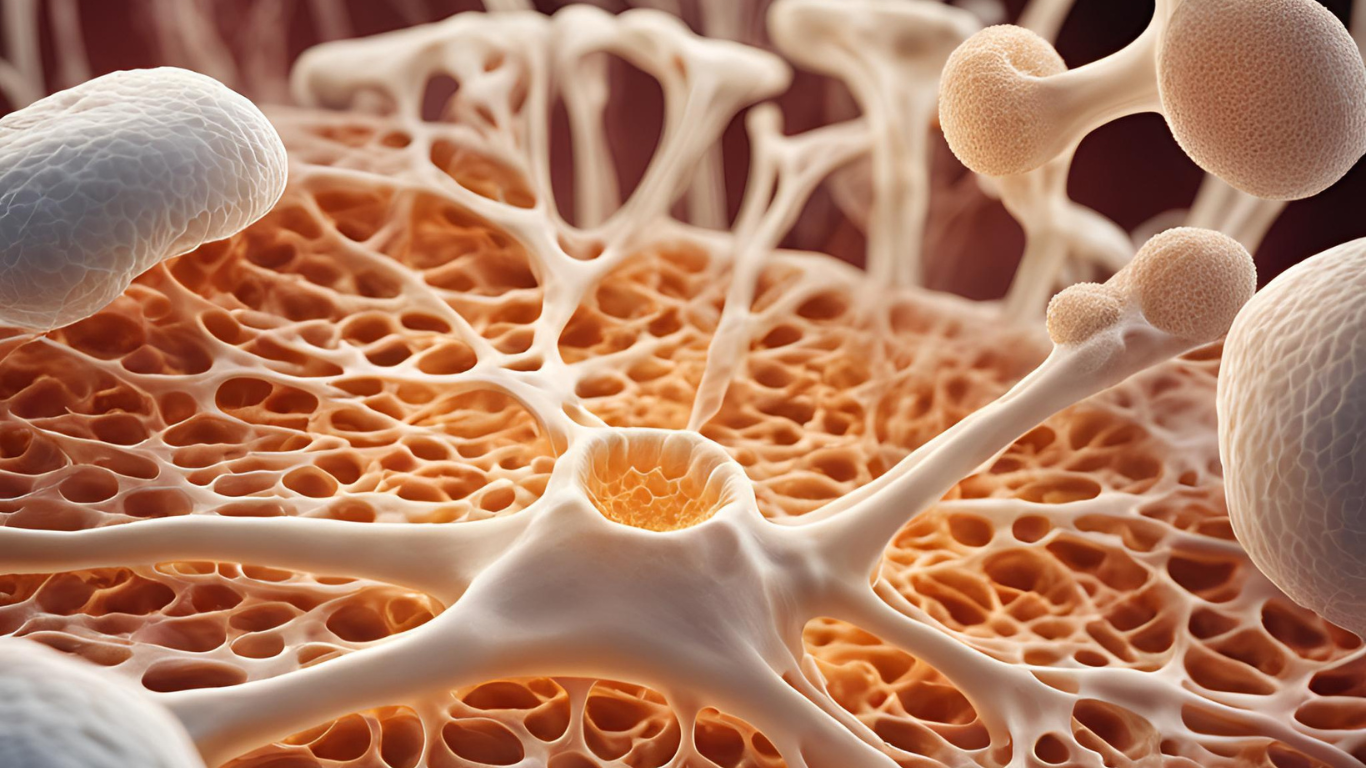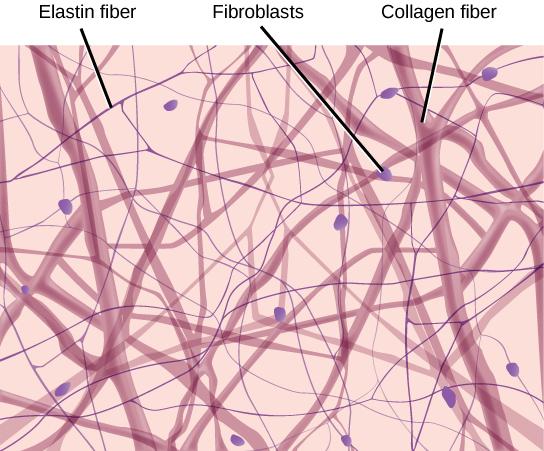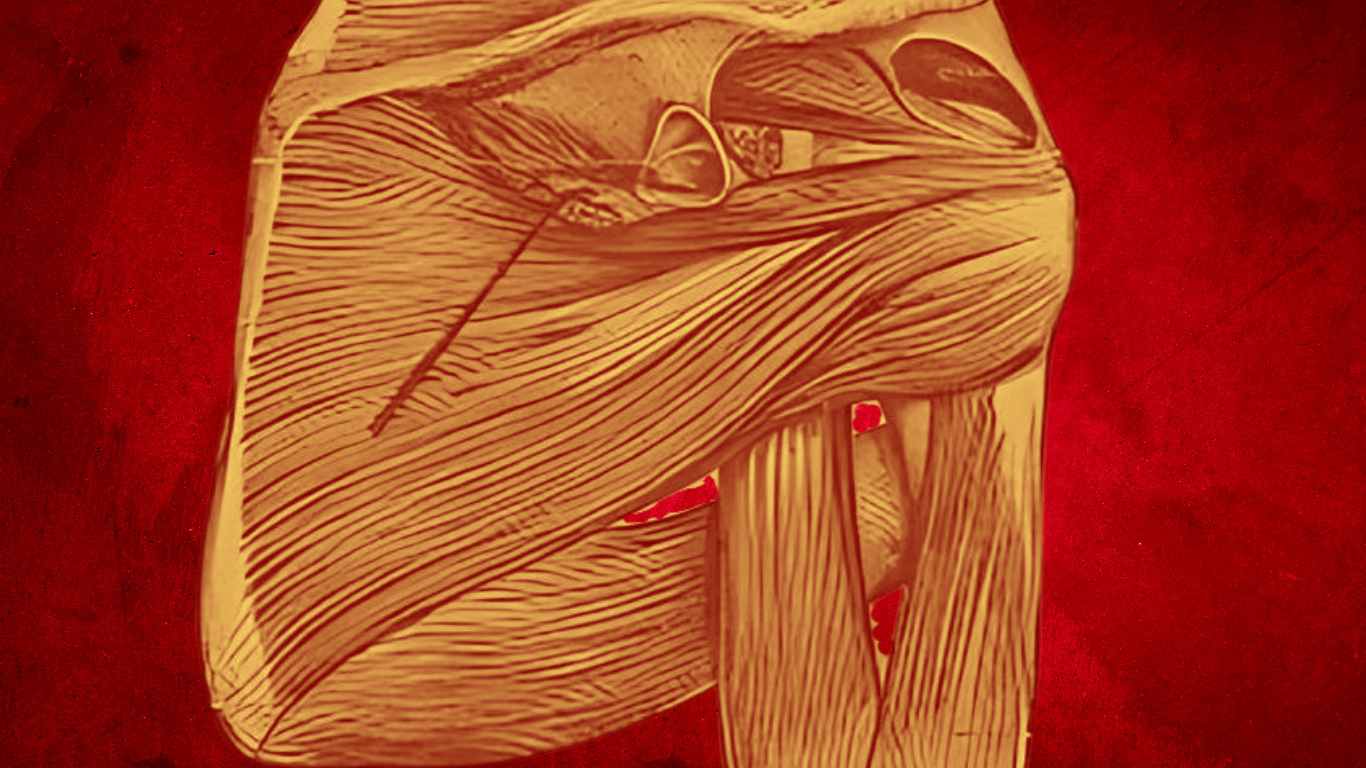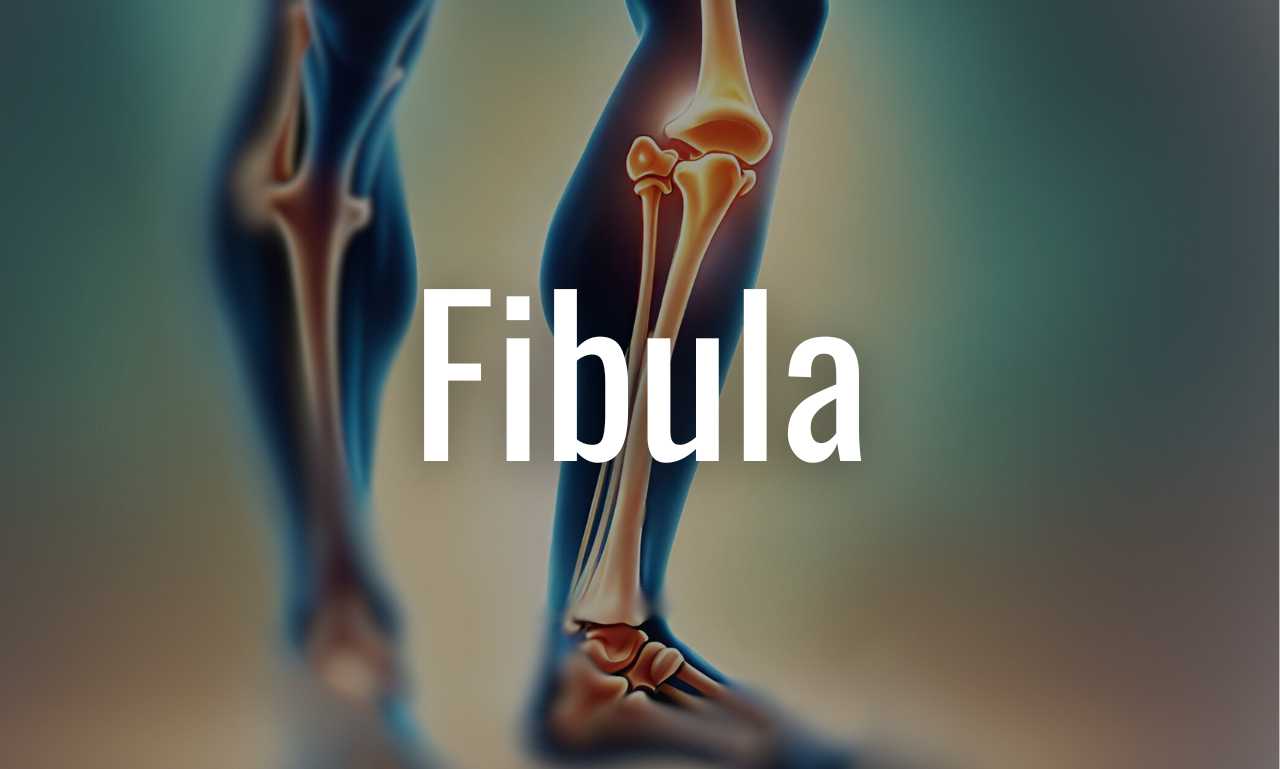-

Ossification
Ever wondered how bones actually form? Let’s explore the journey of bone formation, focusing on intramembranous and endochondral ossification. From early development in fetal life to the continuous process in adulthood, bone formation is a detailed and impressive process. Ossification, or bone formation, starts in fetal life when existing connective tissue is replaced. Intramembranous ossification Continue reading
-

Connective Tissue
Connective tissue is the unsung hero of our body, holding everything together and ensuring smooth operation. It binds tissues and supports metabolic exchanges, thanks to its rich mix of collagen and glycosaminoglycans. This dynamic matrix not only maintains tissue strength but also defends against threats. Thus, by exploring its crucial role, we uncover its significance Continue reading
-
Types of Glands
Glands are fascinating and essential parts of our bodies, each with unique roles and features. They can be classified based on their structure, similar to the epithelia, but also the type of secretion they produce, and how they release it. Understanding these differences helps us appreciate how our bodies function and stay healthy. Let’s dive Continue reading
-
Eosinophilic vs Basophilic: How to tell the difference
You’re probably here because the words eosinophilic, acidophilic and basophilic keep coming up in texts, and you are utterly confused at this point. As a former medical student, I share that pain, and I have created this article to clear this out for you once and for all. Check out the other article for more Continue reading
-

Muscle Layers of the Foot
There’s a bundle of muscles piled, one on top of the other, in the sole of the foot. But, for convenience, it is described in four layers starting from the outermost and working your way in… just like you would in an actual dissection. There are 4 muscle layers of the foot, and this article Continue reading
-

Spaces of the Shoulder: An Exploration of Boundaries and Structures
In this post, we will delve into the spaces of the shoulder, their boundaries, and the structures that pass through them. Within this complex network of muscles and bones, various intermuscular spaces play vital roles. Moreover, they facilitate the passage of nerves and vessels. Among these spaces are the quadrangular space, upper triangular space, and Continue reading
-

Brachial Artery
The brachial artery, a major blood vessel in the arm, carries oxygenated blood from the heart to the hand and fingers. In this article, we will overview the anatomy, anastomoses around the elbow joint, and clinical significance. Course of the Brachial Artery The brachial artery is a major blood vessel in the arm. It carries Continue reading
-

Types of Epithelium
Epithelium is what covers all the internal and external surfaces of our bodies. This article dives into the diverse types of epithelium, from simple squamous to transitional, understanding their structures and functions. Learn about their locations and roles in various bodily systems. To learn how to correctly identify and name epithelia, see the article on Continue reading
-

Palpable Body Structures: Feel It Your Self
Let’s embark on a fascinating journey through palpable body structures. We’ll uncover touchable structures within the human body. You may think you’re familiar with your body, but prepare to be astonished. We’ll guide you from head to toe. Exploring Palpable Structures in the Neck Let’s start from the top, where the thyroid cartilage serves as Continue reading
-

Fibula: The Smaller Leg Bone
The fibula is one of the two bones in the lower leg, alongside the tibia. While the tibia bears most of the body’s weight, the fibula serves several important functions. Let’s explore the anatomy and clinical aspects of the fibula. Its upper limb counterpart ulna carries a lot of functional similarities to this. Anatomy of Continue reading